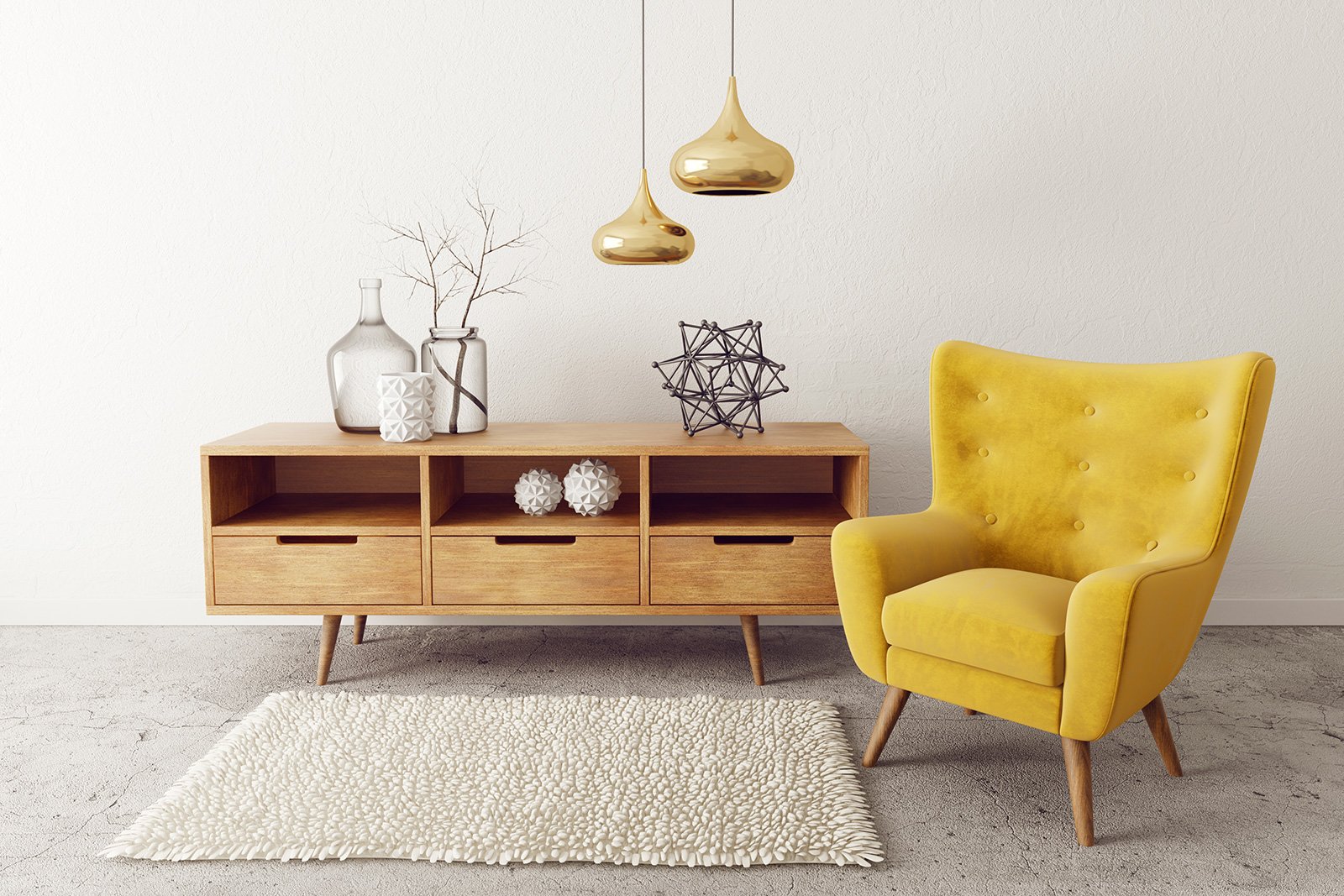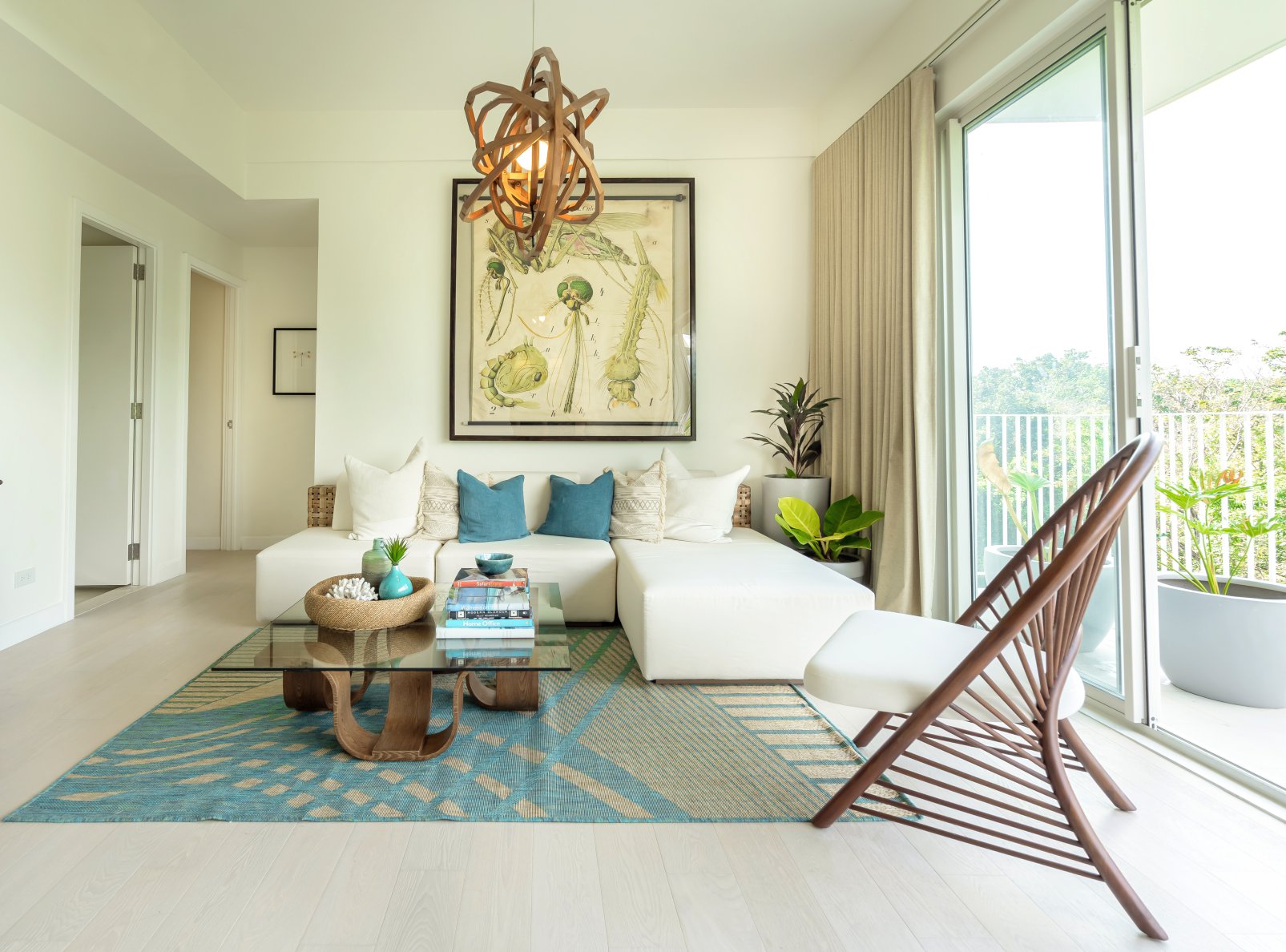The 1960s were a time of great change and experimentation in American culture. This was reflected in the design and décor of the American living room, which embraced bold colors and patterns. The color palette of the 1960s was heavily influenced by the pop art movement and the rise of mid-century modern design.1960s Color Palette
The American living room of the 1960s was a space for relaxation and entertainment. It was designed to be comfortable and inviting, with a focus on functionality and style. The design of the living room was heavily influenced by the rise of television as a popular form of entertainment, with many homes incorporating a TV into the room's design.American Living Room Design
The mid-century modern style was a popular design trend in the 1960s, and it heavily influenced the design of American living rooms. This style was characterized by clean lines, geometric shapes, and a minimalist approach to design. Mid-century modern furniture was also a popular choice for American living rooms, with its sleek and simple design.Mid-Century Modern Decor
The pop art movement, which emerged in the 1960s, had a significant impact on the design of American living rooms. This movement celebrated popular culture and mass media, and this was reflected in the furniture and décor of the time. Furniture pieces featuring bold colors and unconventional shapes were popular, giving living rooms a fun and playful vibe.Pop Art Inspired Furniture
Two of the most iconic colors of the 1960s were avocado green and harvest gold. These colors were often used together in American living rooms, creating a warm and inviting atmosphere. Avocado green was a popular color for furniture and walls, while harvest gold was often used for accents such as throw pillows and curtains.Avocado Green and Harvest Gold
Another popular color scheme in American living rooms of the 1960s was orange and brown. This combination created a warm and earthy feel, and it was often used in combination with wood paneling and shag carpet. The use of these colors also reflected the natural and organic design trends of the time.Orange and Brown Color Scheme
Wallpaper was a popular choice for American living rooms in the 1960s, and it often featured bold and colorful patterns. Retro wallpaper patterns, such as abstract designs or large floral prints, were commonly used to add a touch of whimsy and personality to the room. This trend has recently made a comeback, with many modern homes incorporating retro wallpaper into their design.Retro Wallpaper Patterns
The use of wood paneling and shag carpet was a defining feature of American living rooms in the 1960s. These elements added texture and warmth to the room, and they were often used in combination with other design trends of the time. While wood paneling has fallen out of favor in modern design, shag carpet has recently made a comeback as a retro-chic flooring option.Wood Paneling and Shag Carpet
The 1960s also saw a rise in popularity of vintage furniture in American living rooms. Many homes incorporated antique or vintage pieces into their design, adding a touch of nostalgia and character to the room. Vintage furniture pieces, such as mid-century modern chairs or retro coffee tables, are still popular in modern living room design.Vintage Furniture Pieces
In addition to the main color schemes of avocado green, harvest gold, orange, and brown, American living rooms in the 1960s also embraced bold and bright accent colors. This could include pops of vibrant red, blue, or yellow, adding a fun and playful element to the room. These accent colors were often used in accessories and décor, such as throw pillows or wall art. In conclusion, the 1960s were a time of bold and experimental design in American living rooms. The color palette of the era was heavily influenced by the rise of pop art and mid-century modern design, with a focus on bold and bright colors, retro patterns, and vintage furniture. These design trends continue to inspire and influence modern living room design, making the 1960s a pivotal decade in American interior design history.Bold and Bright Accent Colors
The Influence of 1960s Colors on American Living Rooms

The 1960s was a decade of great change and rebellion in America. This was reflected not only in the political and social movements of the time, but also in the design and aesthetics of homes. One of the most prominent aspects of 1960s house design was the use of bold and vibrant colors, especially in living rooms.
 The use of
1960s colors
in American living rooms was a reflection of the changing attitudes towards self-expression and individuality. During this time, there was a shift away from the traditional and conservative styles of the 1950s, and people began to embrace more modern and experimental design elements. This was evident in the use of
bold and bright colors
, which added a sense of energy and liveliness to living spaces.
One of the main
colors
that dominated living rooms in the 1960s was
orange
. This warm and vibrant hue was often used on walls, furniture, and accessories, creating a lively and inviting atmosphere.
Yellow
was another popular
color
, often paired with orange or used as an accent color. This sunny shade brought a sense of optimism and happiness into living rooms.
Aside from warm tones,
cool colors
also made a statement in 1960s living rooms.
Blue
and
green
were used to create a calming and serene ambiance, while also adding a touch of sophistication. These colors were often used in the form of
geometric patterns
on walls, carpets, and upholstery, adding a modern and abstract element to the design.
In addition to
bold colors
, 1960s living rooms also featured
retro patterns
and
textures
. These included psychedelic designs, geometric shapes, and textured materials like shag carpets and velvet upholstery. These elements added a sense of playfulness and whimsy to living rooms, reflecting the rebellious and carefree attitude of the decade.
The influence of 1960s colors on American living rooms can still be seen in modern interior design. The use of bold and vibrant colors has become a popular trend, with homeowners looking to add a touch of retro charm to their living spaces. Whether it's a pop of orange in a neutral room or a statement wall in a bold blue, incorporating 1960s colors into living room design adds a unique and personal touch.
In conclusion, the use of 1960s colors in American living rooms was a reflection of the changing attitudes and values of the decade. It brought a sense of energy, individuality, and rebellion into homes, creating vibrant and welcoming living spaces. Incorporating these colors and design elements into modern homes adds a touch of nostalgia and personality, making it a timeless trend in house design.
The use of
1960s colors
in American living rooms was a reflection of the changing attitudes towards self-expression and individuality. During this time, there was a shift away from the traditional and conservative styles of the 1950s, and people began to embrace more modern and experimental design elements. This was evident in the use of
bold and bright colors
, which added a sense of energy and liveliness to living spaces.
One of the main
colors
that dominated living rooms in the 1960s was
orange
. This warm and vibrant hue was often used on walls, furniture, and accessories, creating a lively and inviting atmosphere.
Yellow
was another popular
color
, often paired with orange or used as an accent color. This sunny shade brought a sense of optimism and happiness into living rooms.
Aside from warm tones,
cool colors
also made a statement in 1960s living rooms.
Blue
and
green
were used to create a calming and serene ambiance, while also adding a touch of sophistication. These colors were often used in the form of
geometric patterns
on walls, carpets, and upholstery, adding a modern and abstract element to the design.
In addition to
bold colors
, 1960s living rooms also featured
retro patterns
and
textures
. These included psychedelic designs, geometric shapes, and textured materials like shag carpets and velvet upholstery. These elements added a sense of playfulness and whimsy to living rooms, reflecting the rebellious and carefree attitude of the decade.
The influence of 1960s colors on American living rooms can still be seen in modern interior design. The use of bold and vibrant colors has become a popular trend, with homeowners looking to add a touch of retro charm to their living spaces. Whether it's a pop of orange in a neutral room or a statement wall in a bold blue, incorporating 1960s colors into living room design adds a unique and personal touch.
In conclusion, the use of 1960s colors in American living rooms was a reflection of the changing attitudes and values of the decade. It brought a sense of energy, individuality, and rebellion into homes, creating vibrant and welcoming living spaces. Incorporating these colors and design elements into modern homes adds a touch of nostalgia and personality, making it a timeless trend in house design.



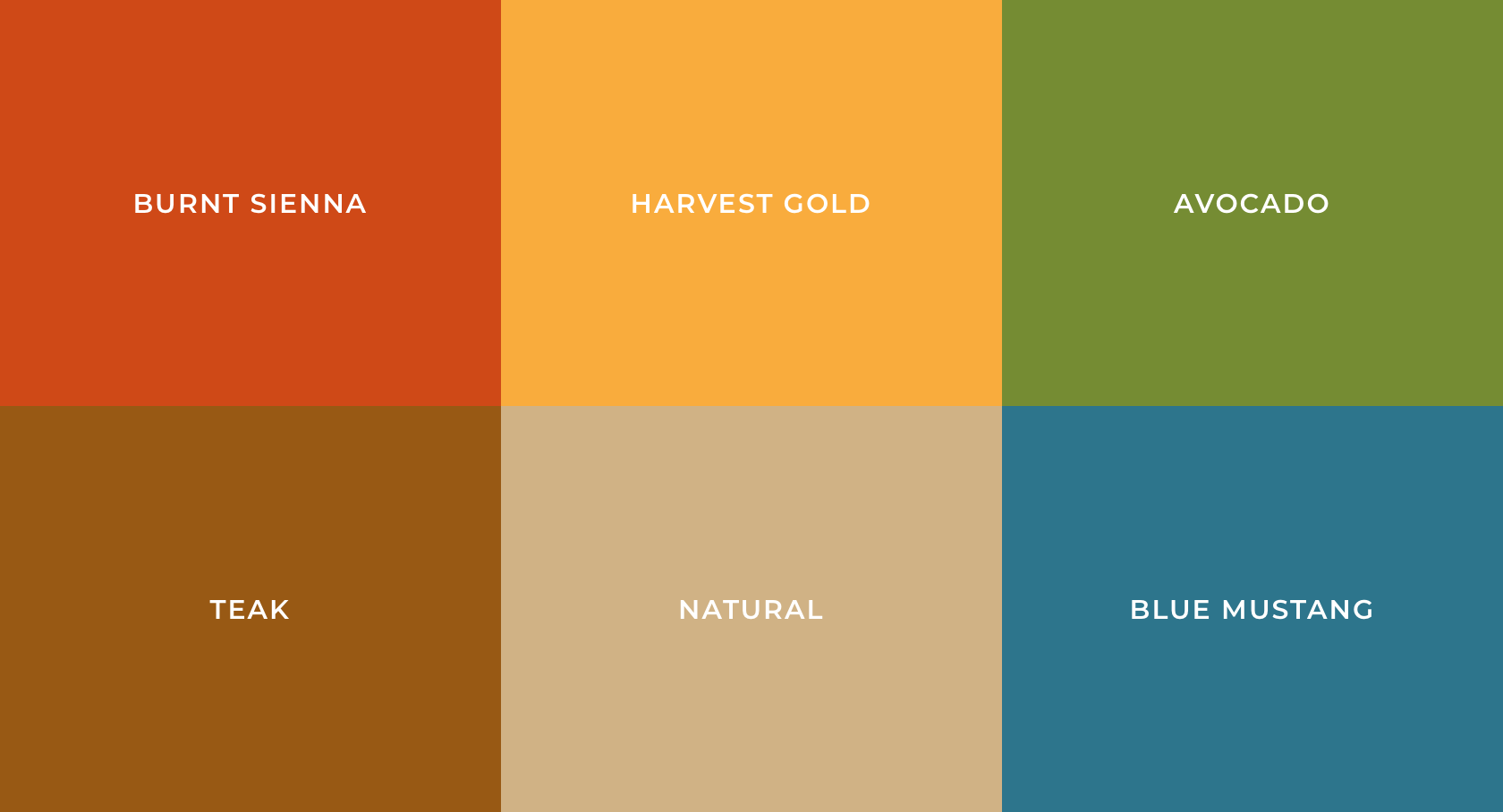















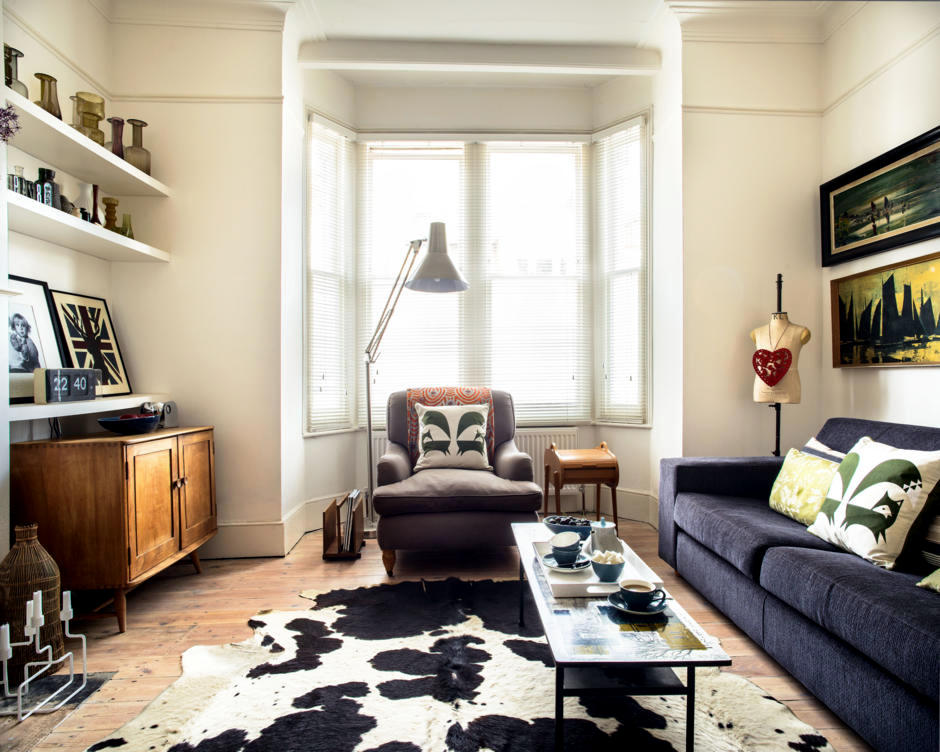


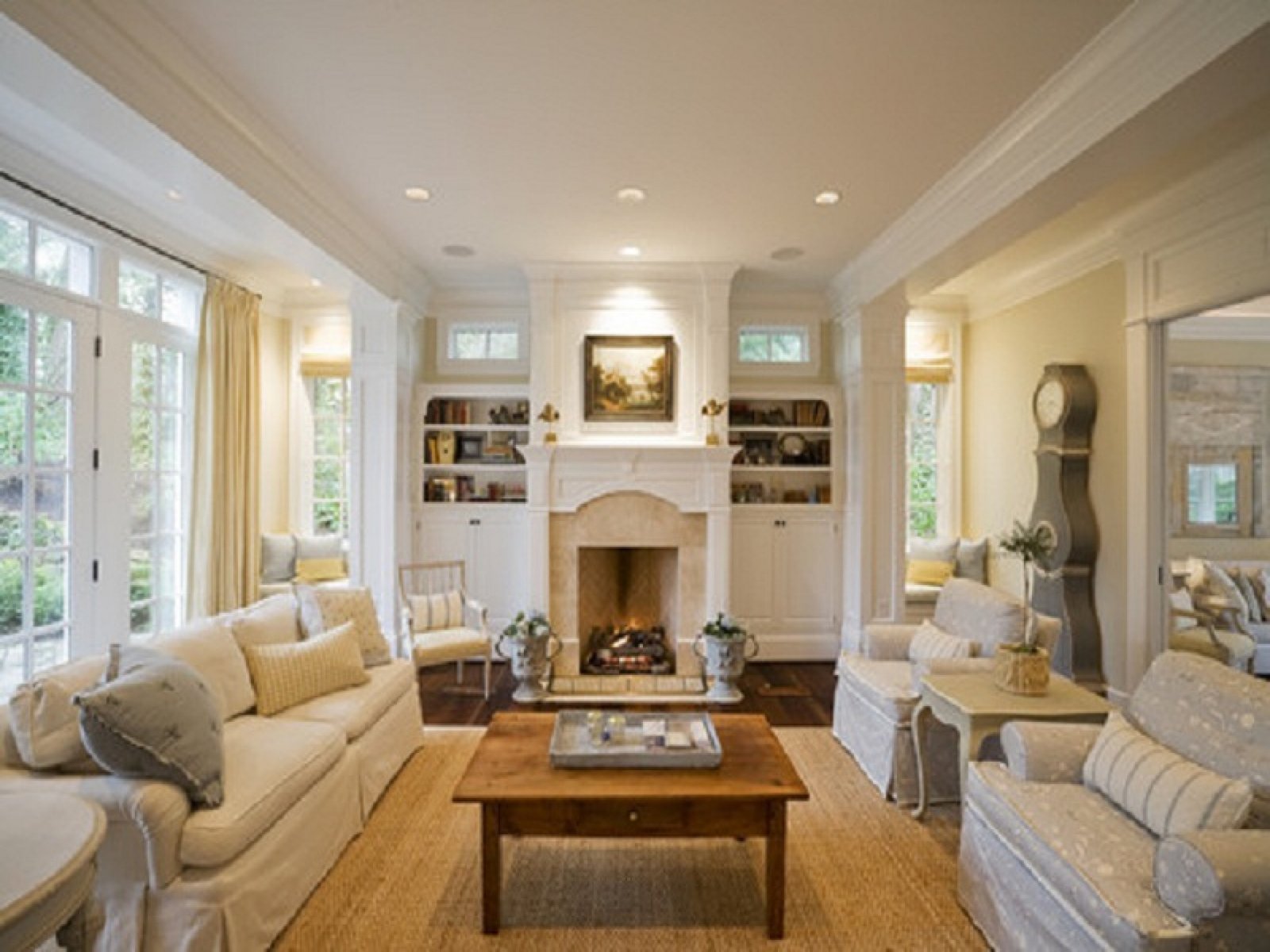

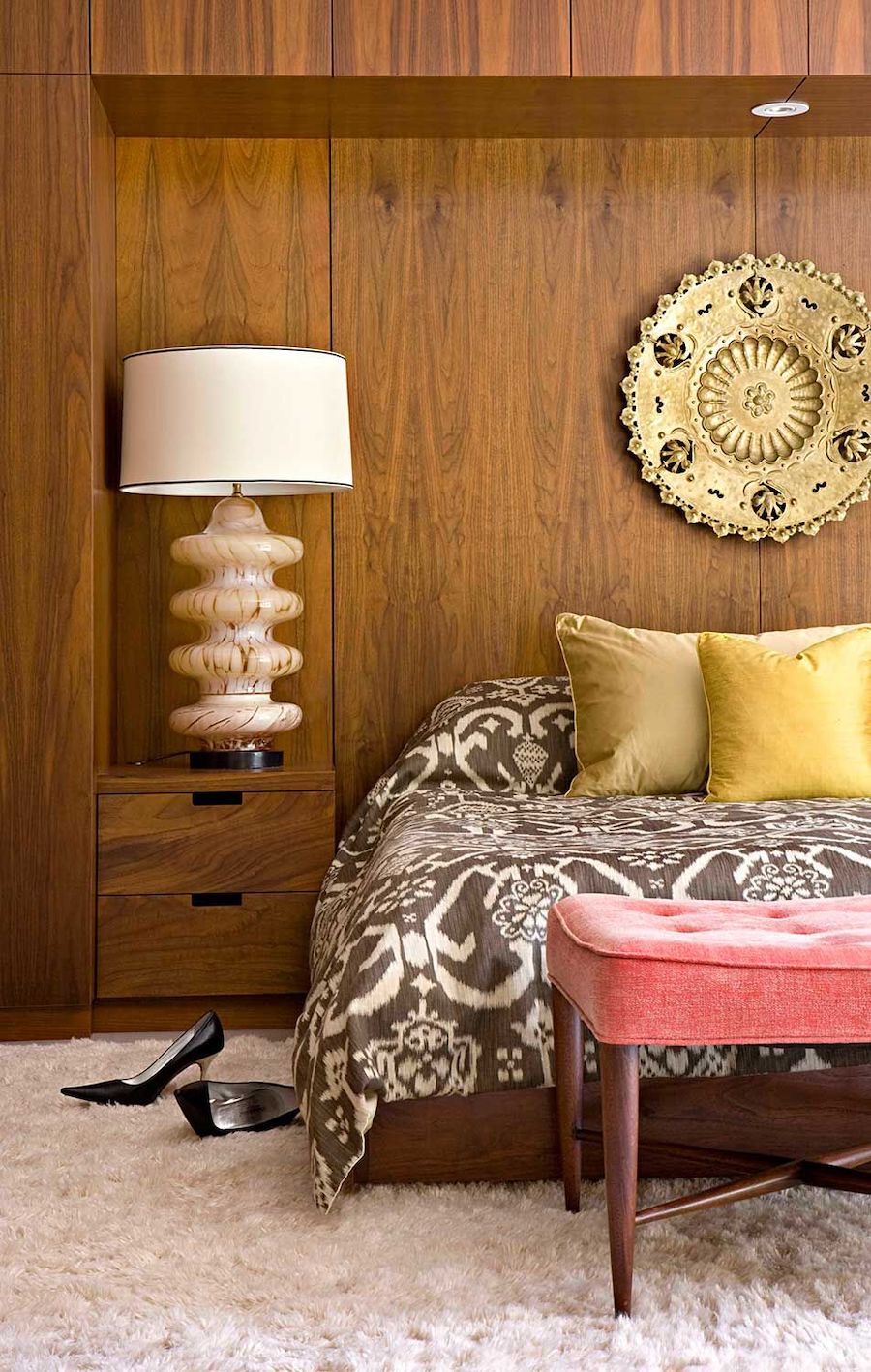
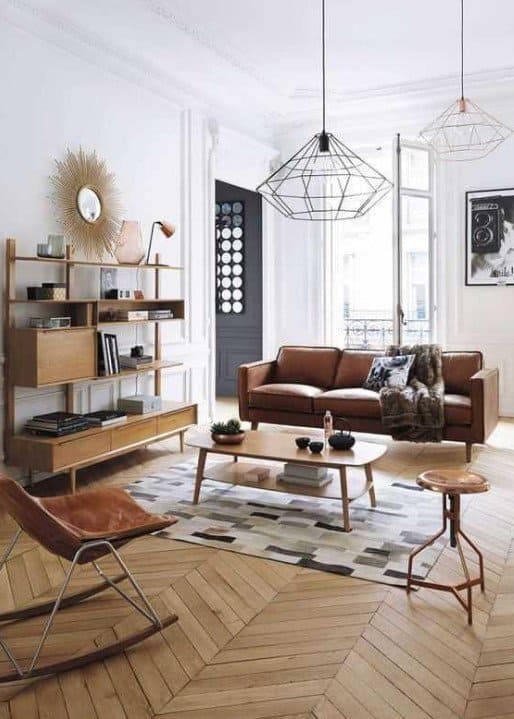
/DesignbyEmilyBowser_MOTOLivingRoom_PhotobySaraLigorria-Tramp_4-d407422e851e44b8b4772bf079316fd1.jpg)
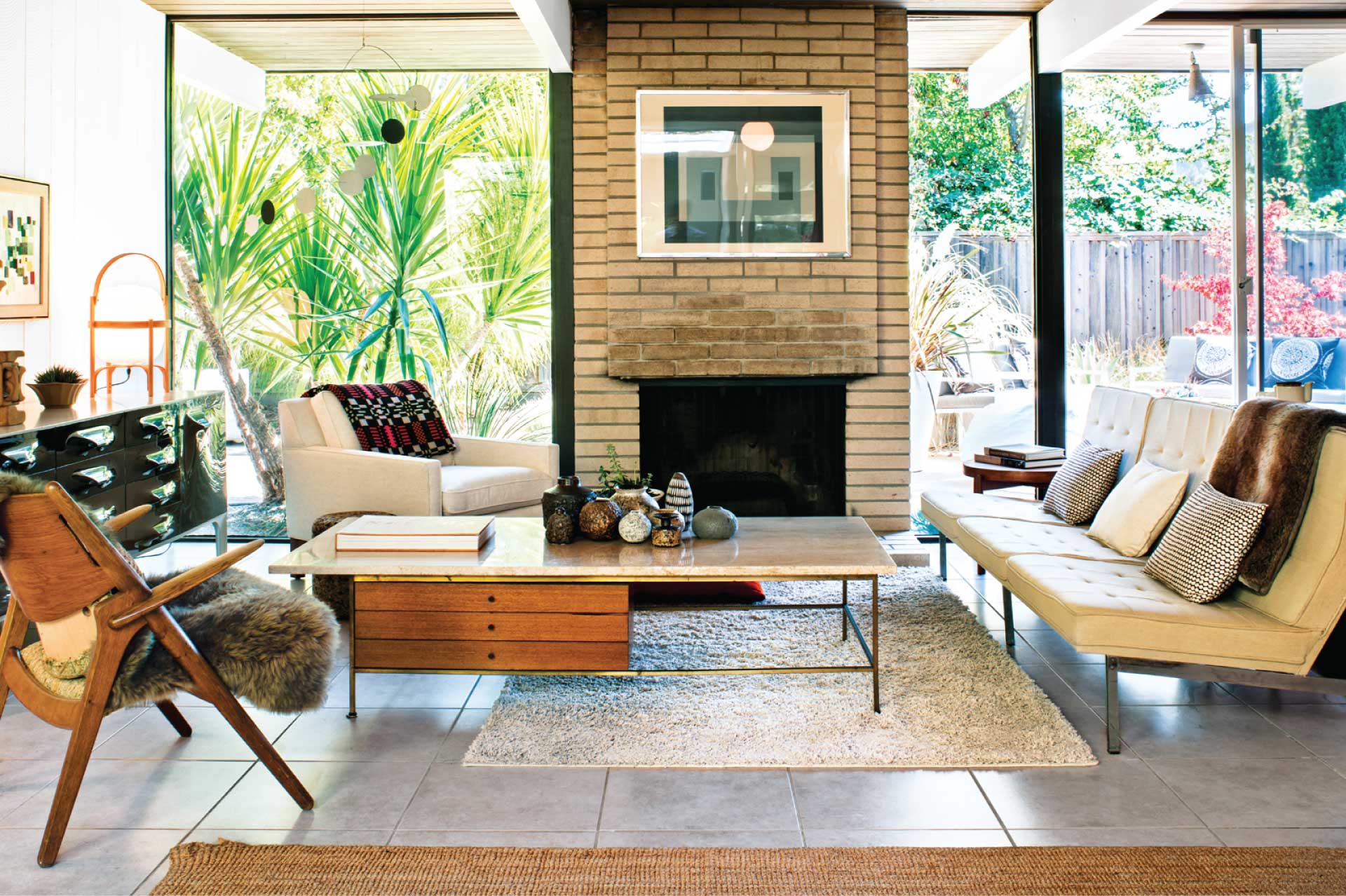
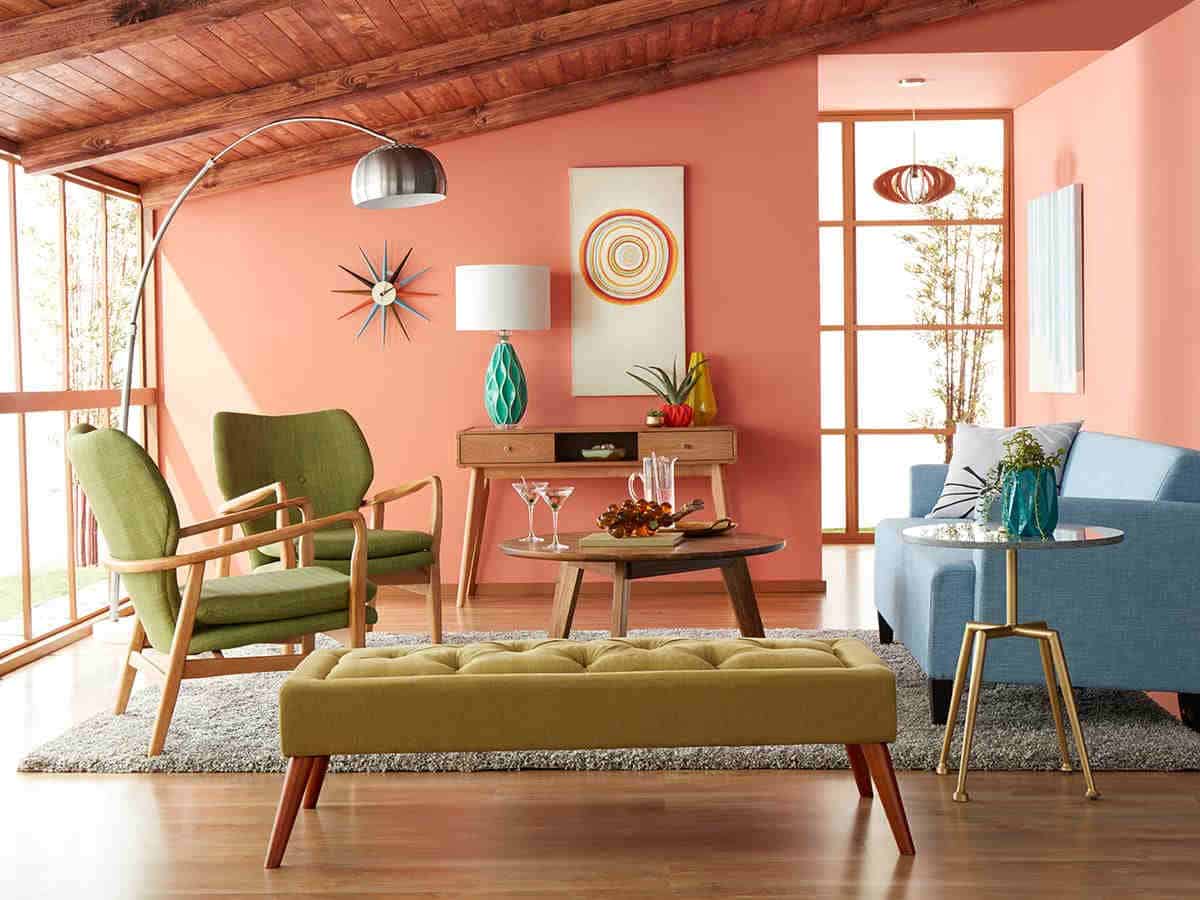

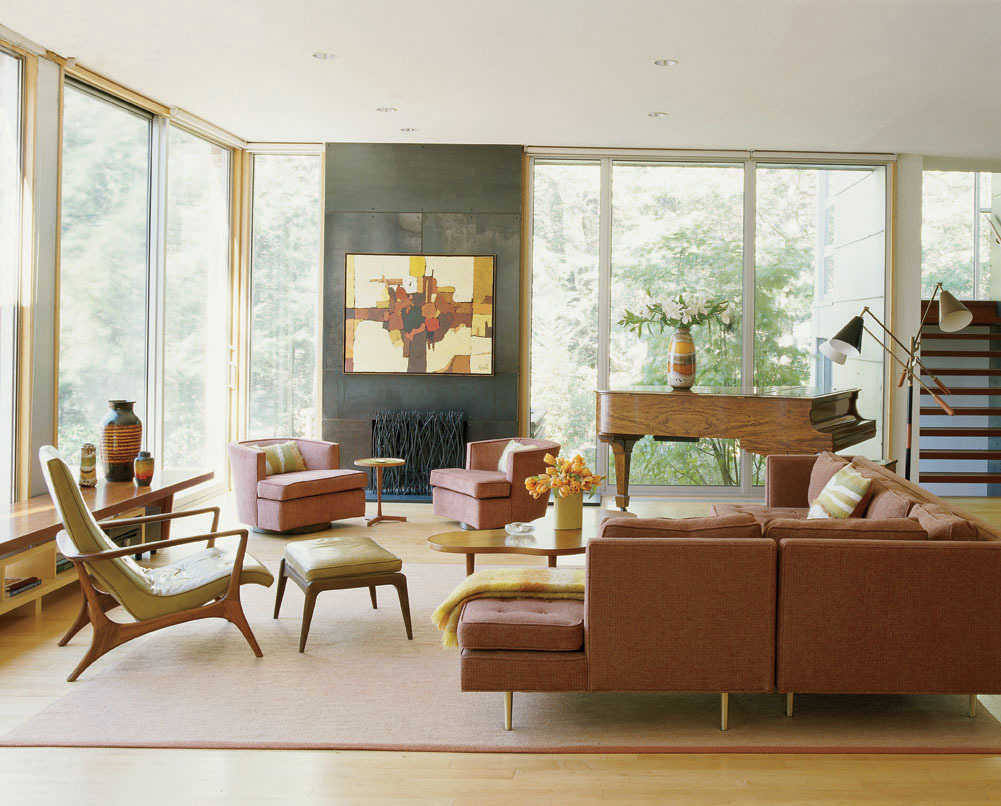





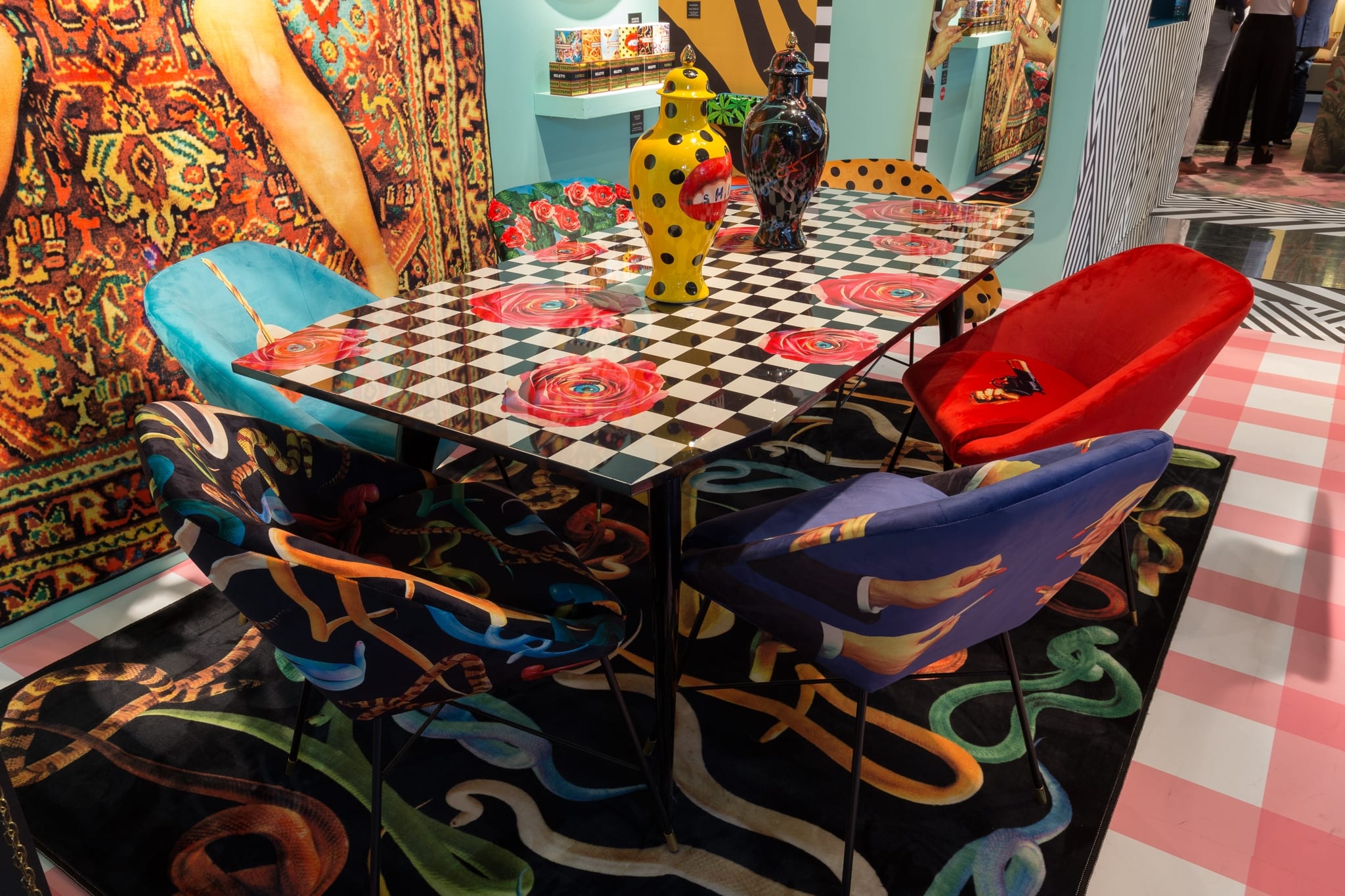






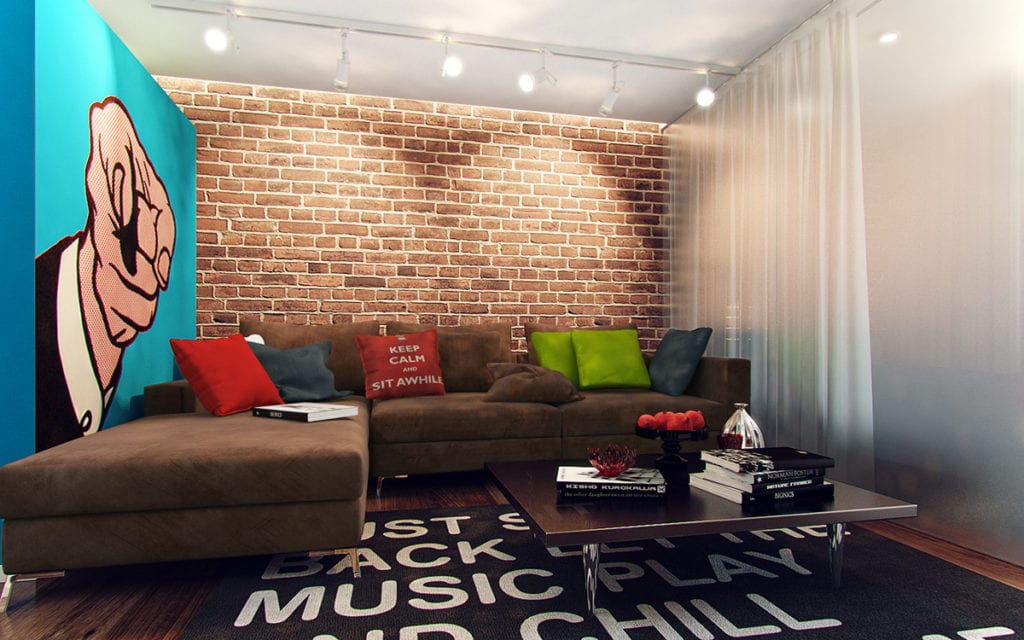
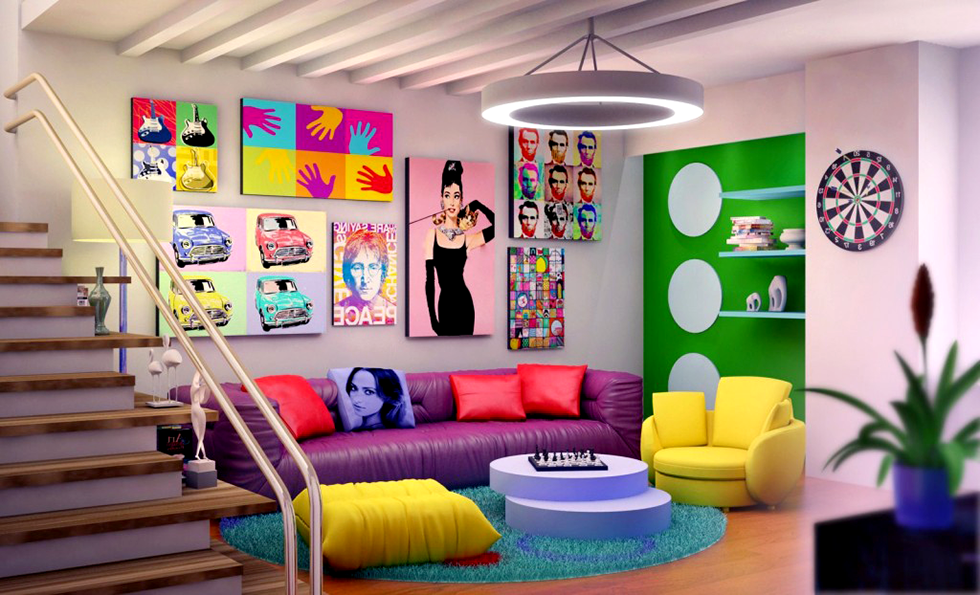


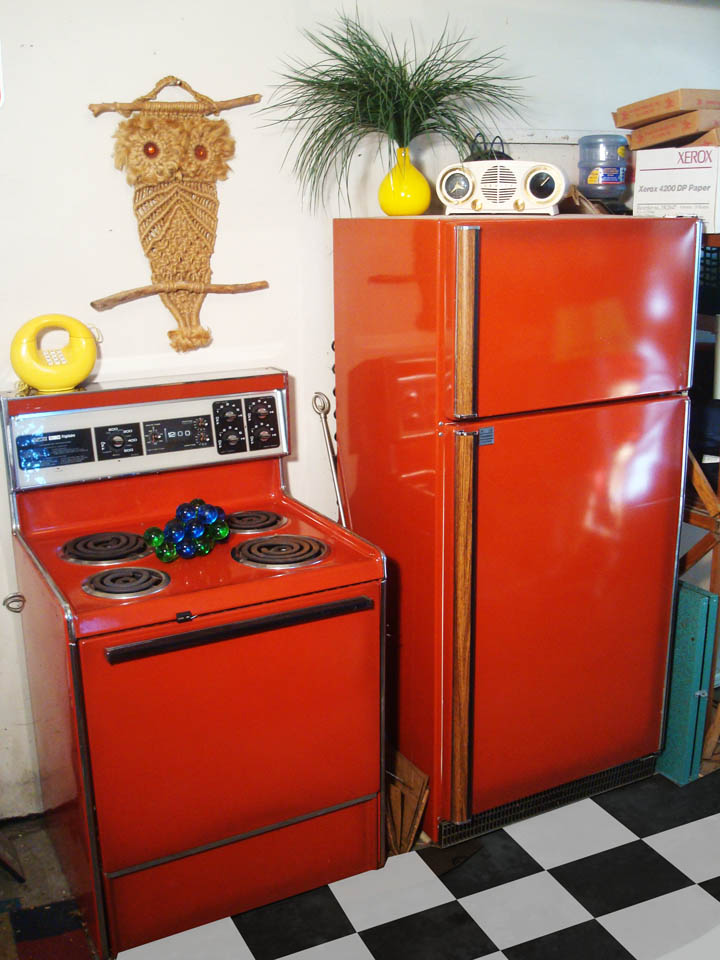





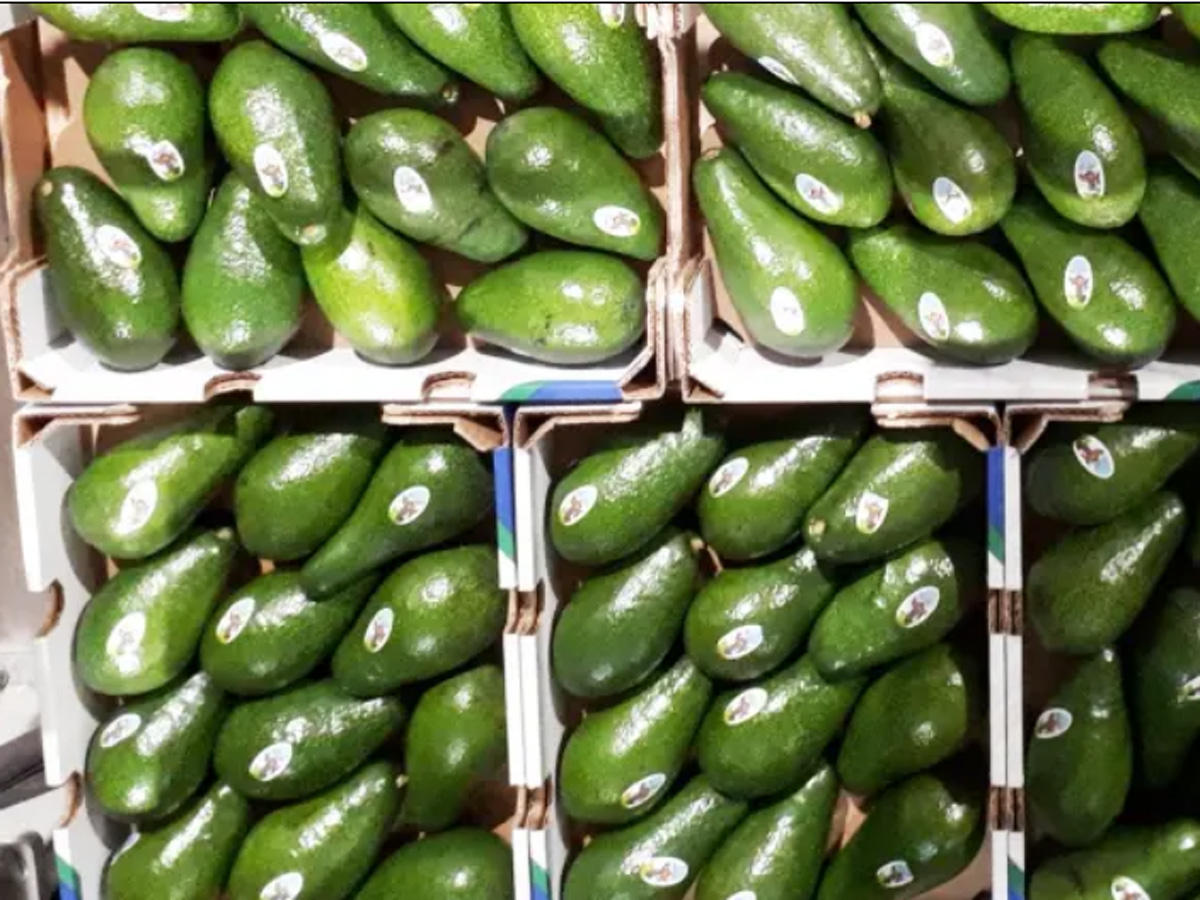


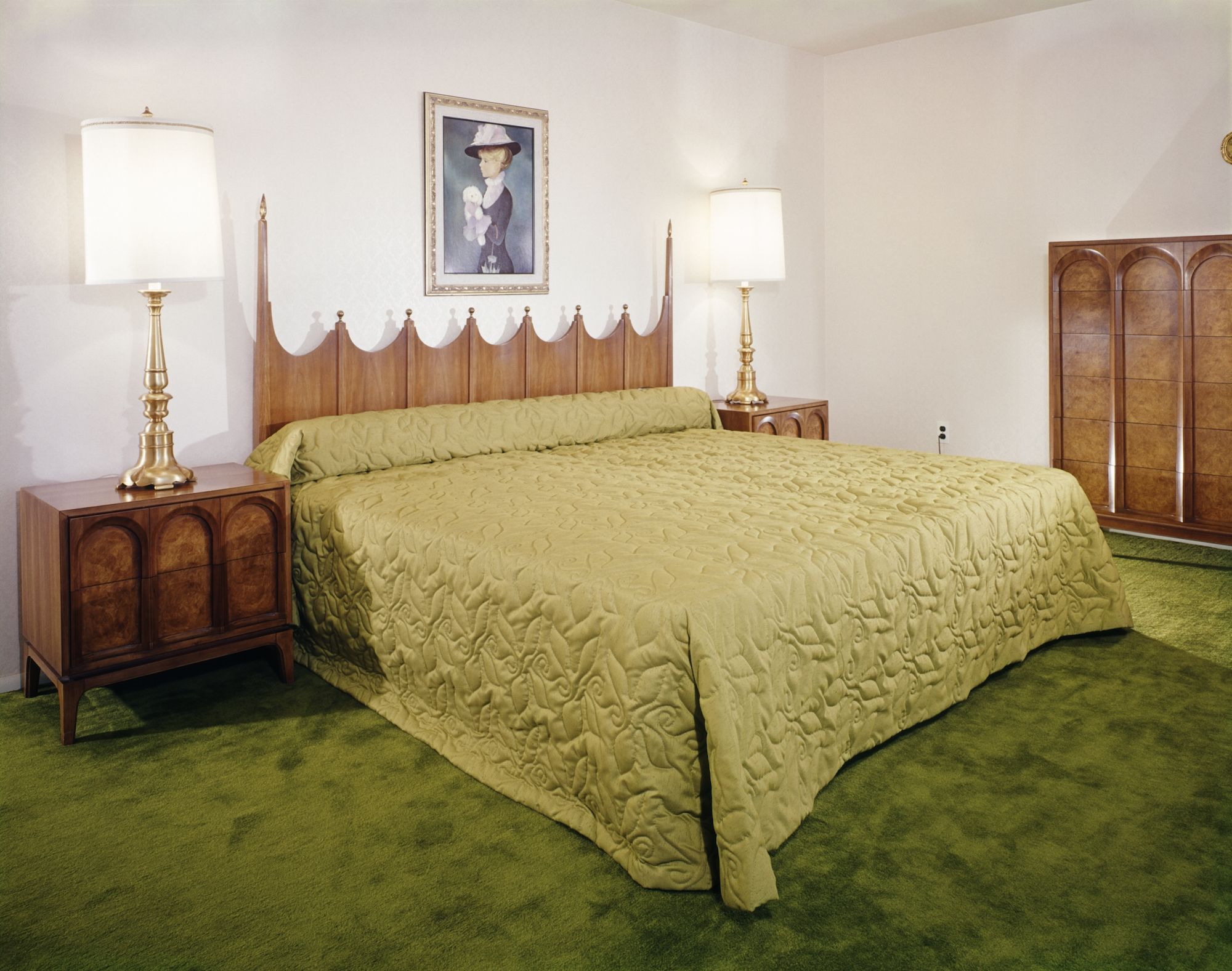

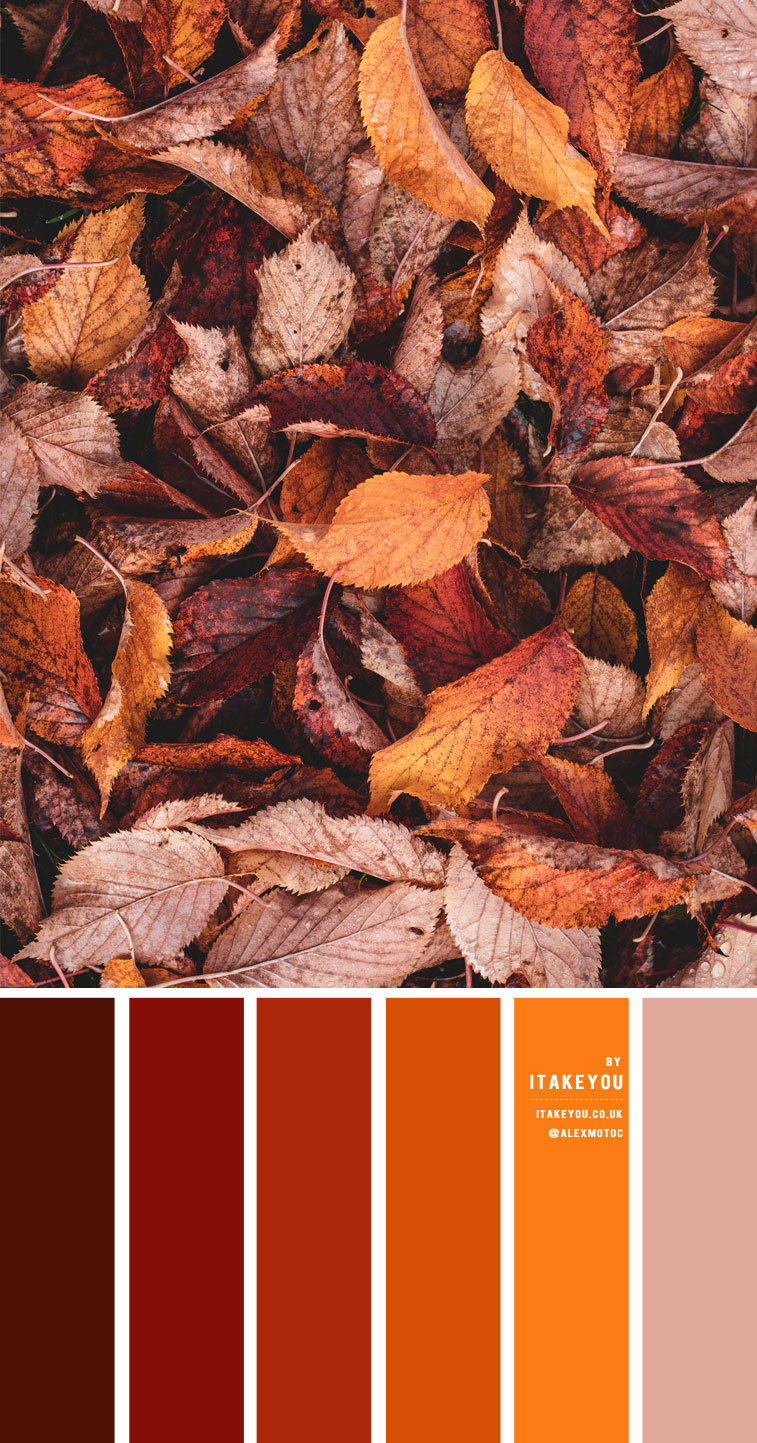









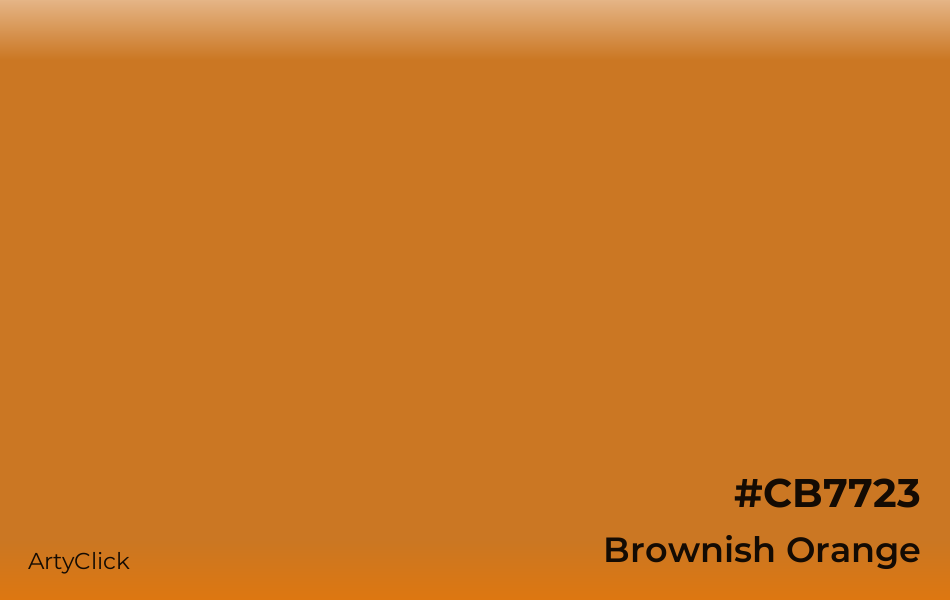


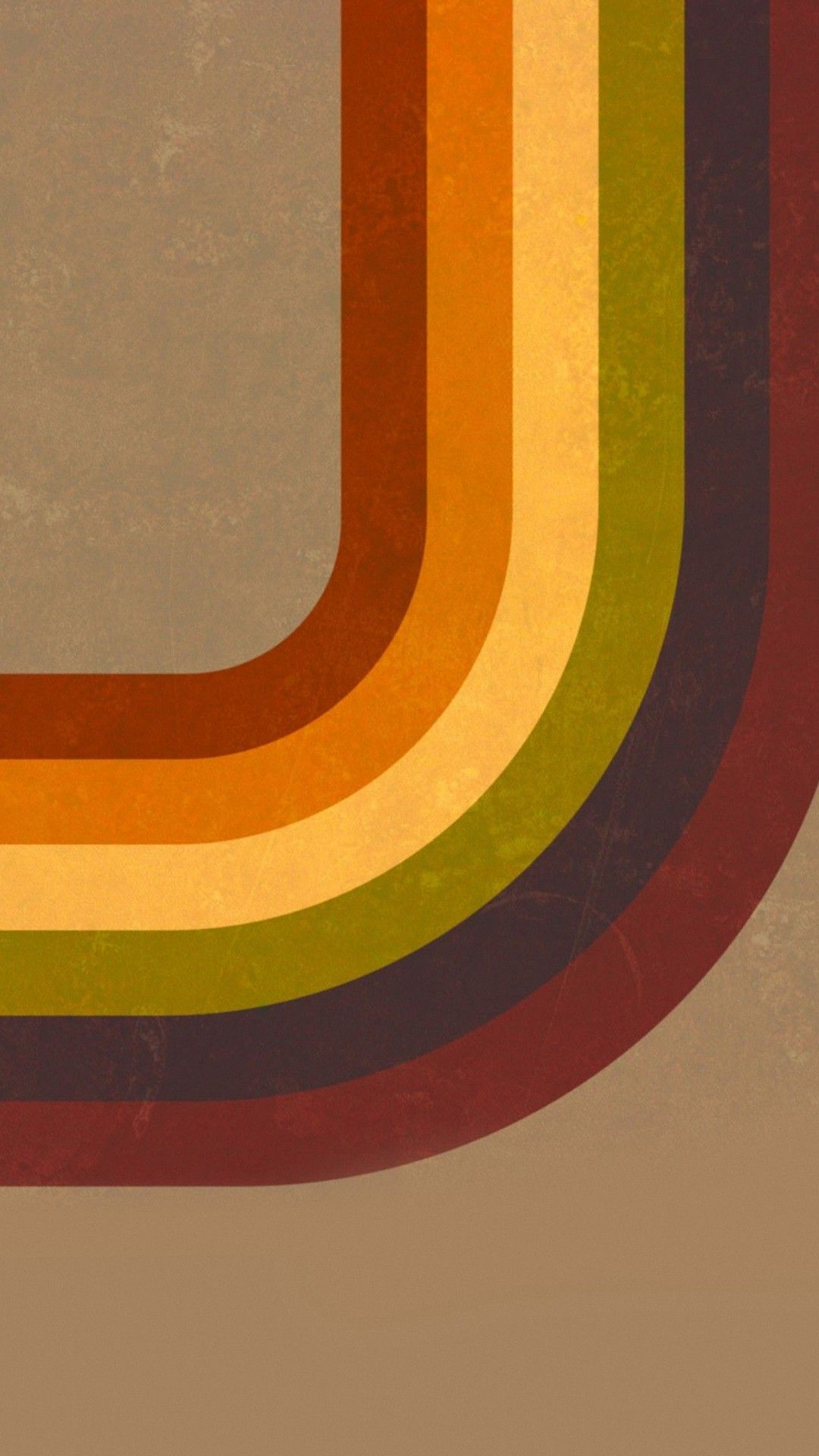
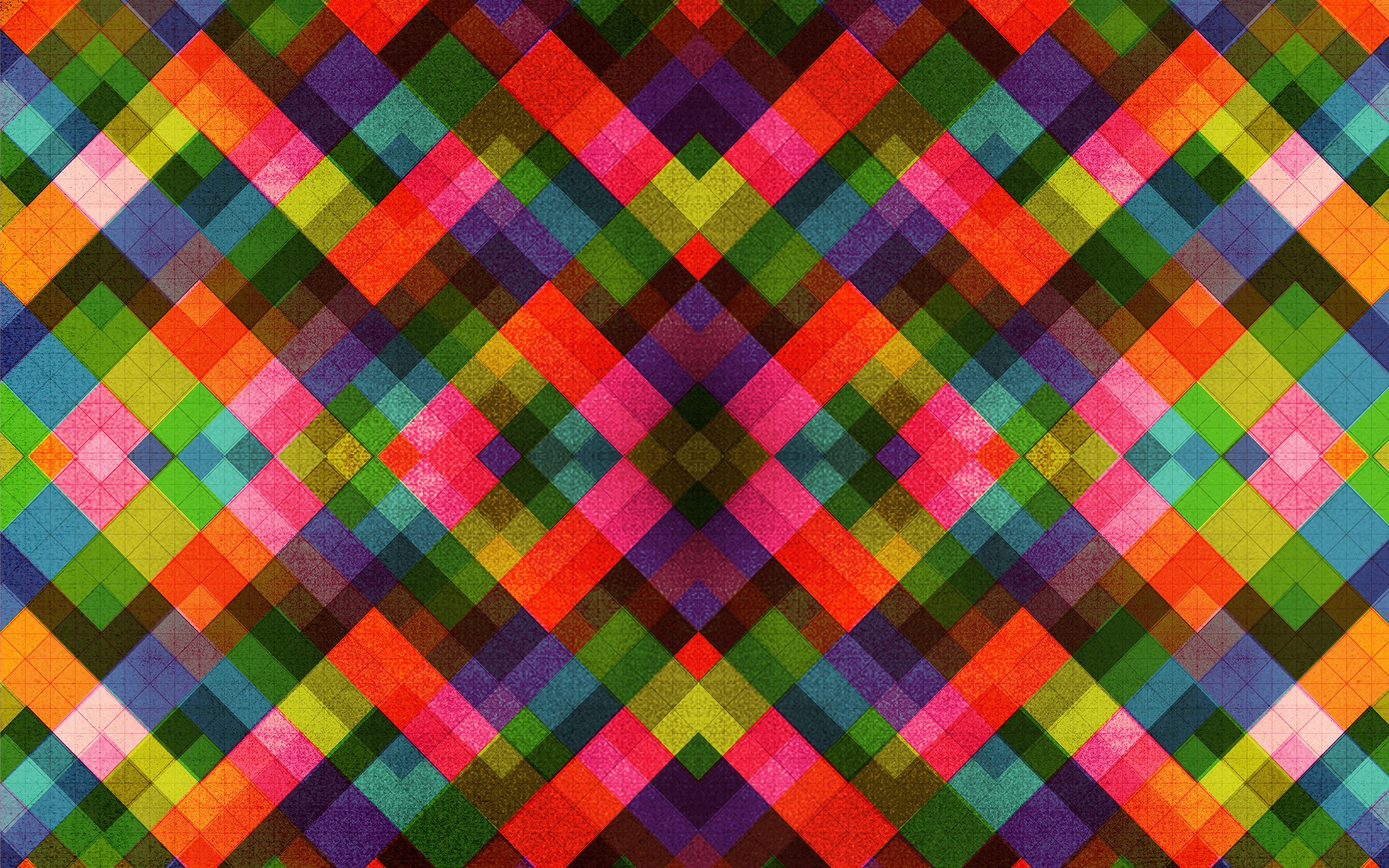

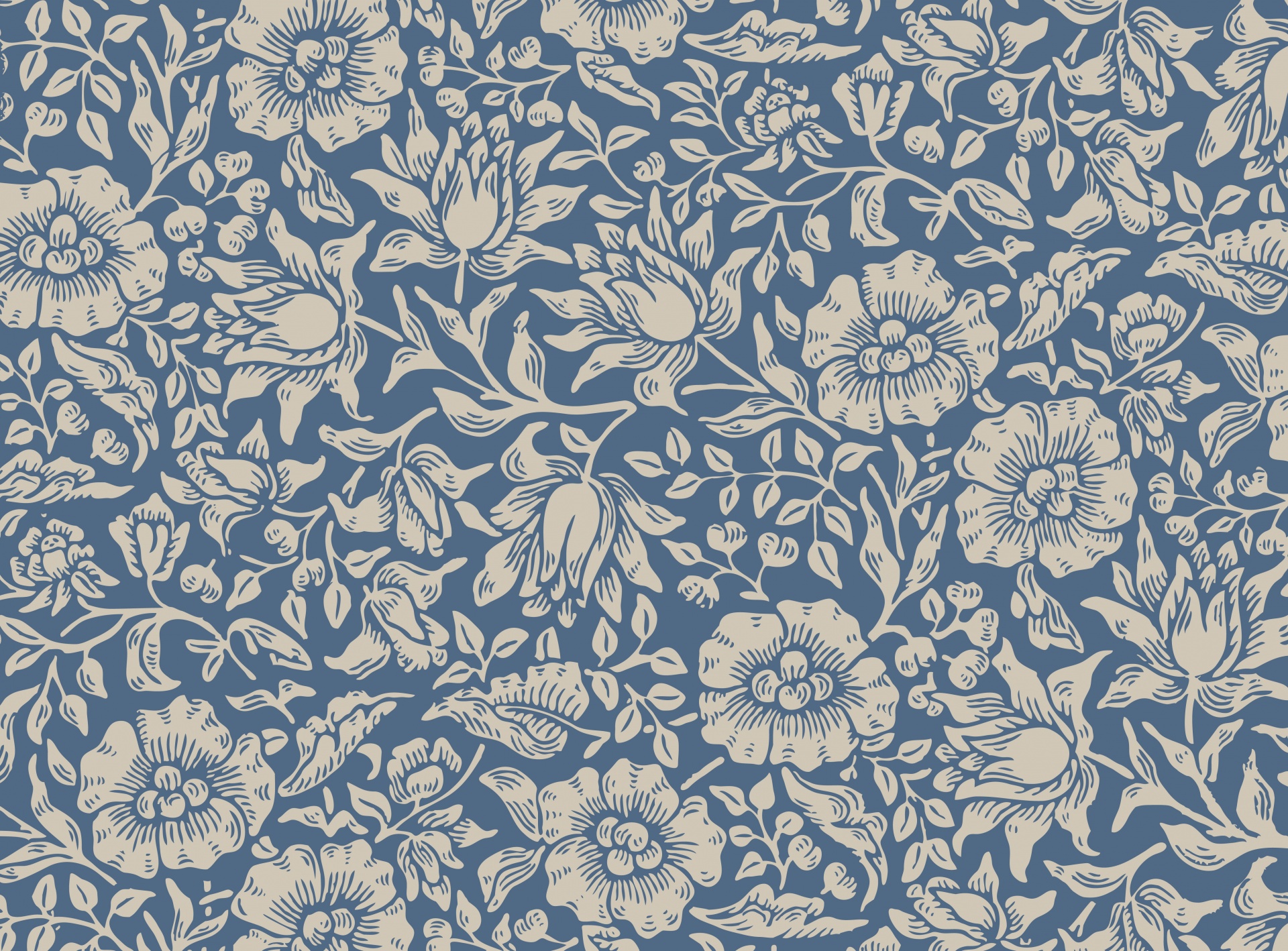


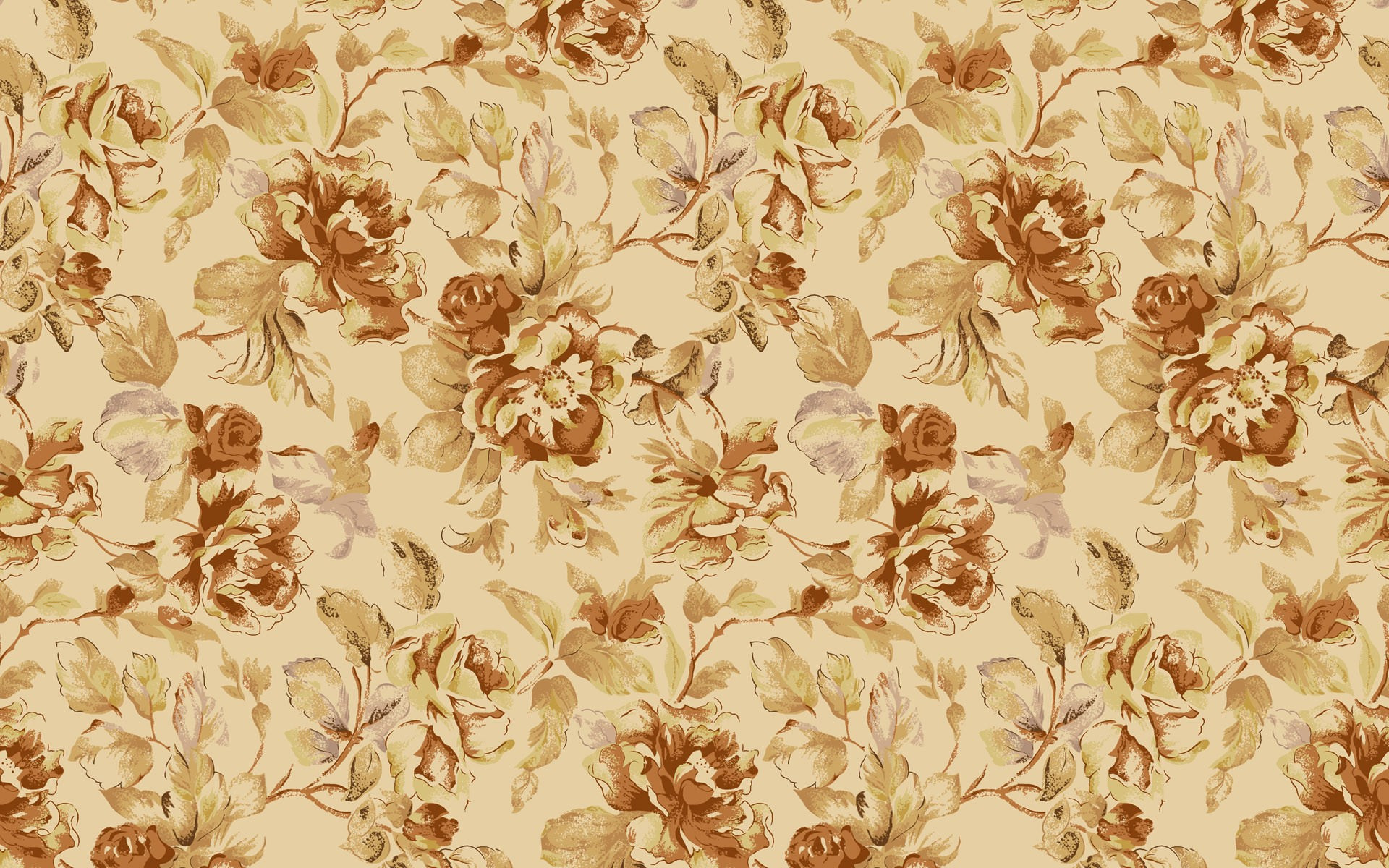
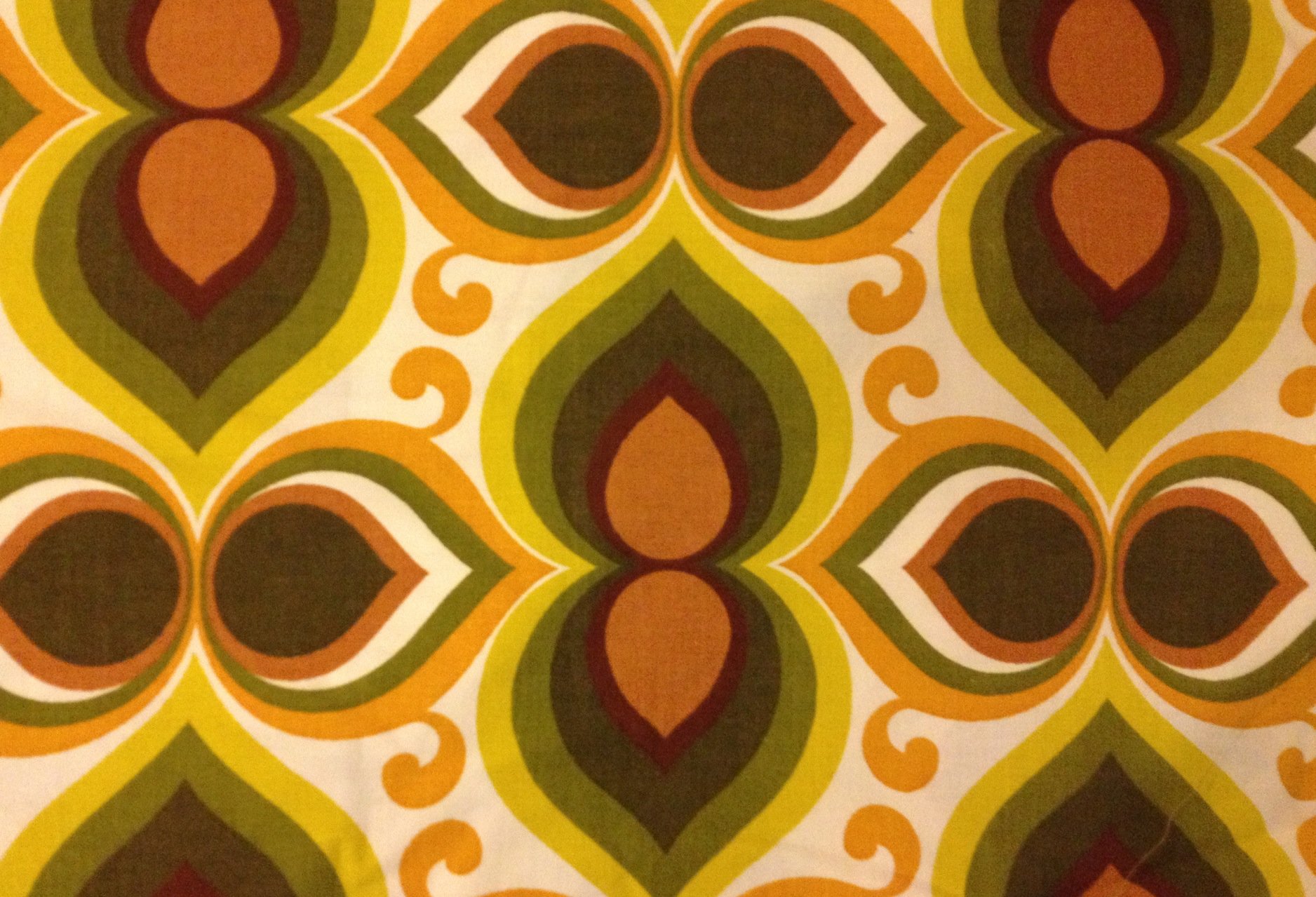
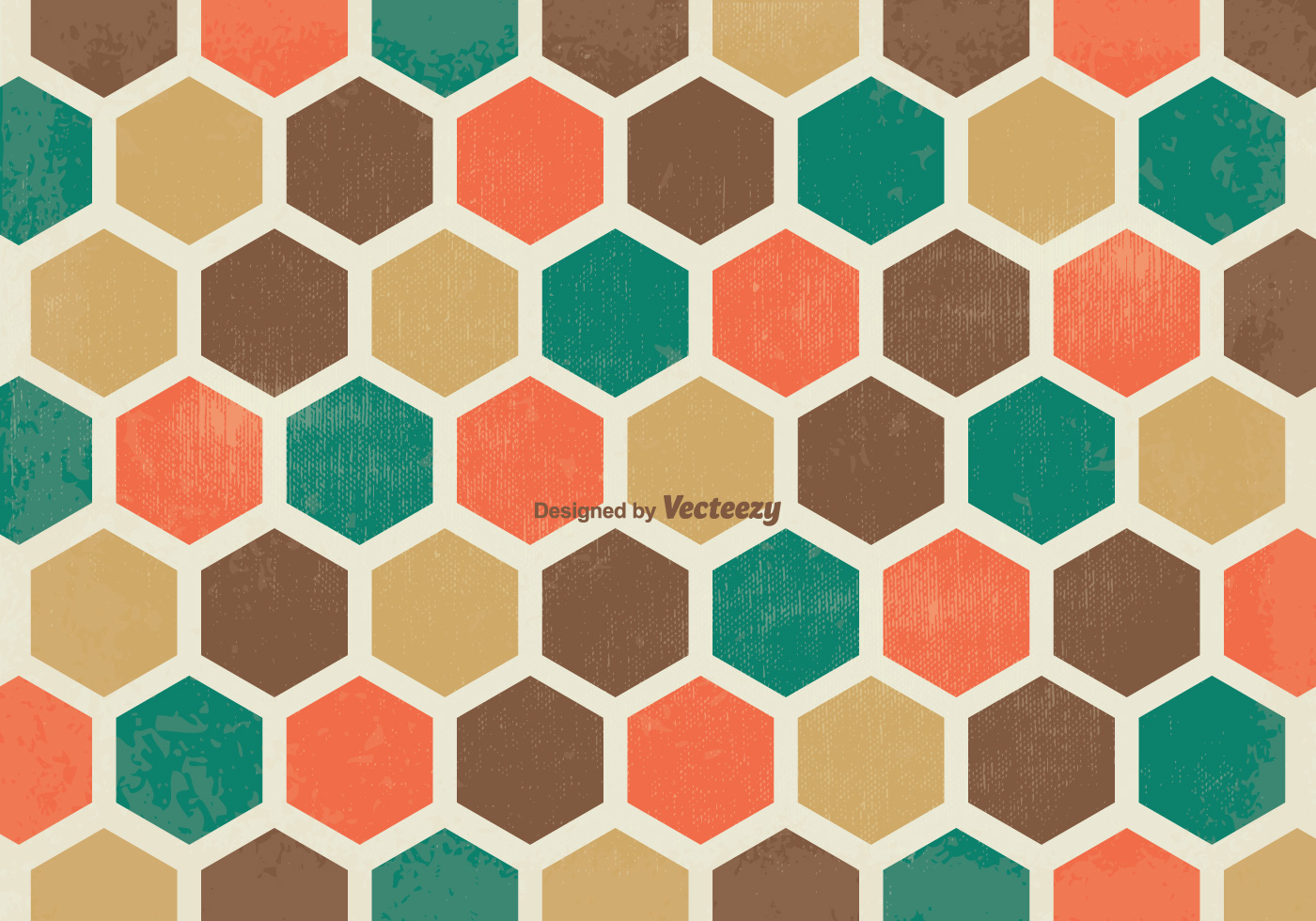












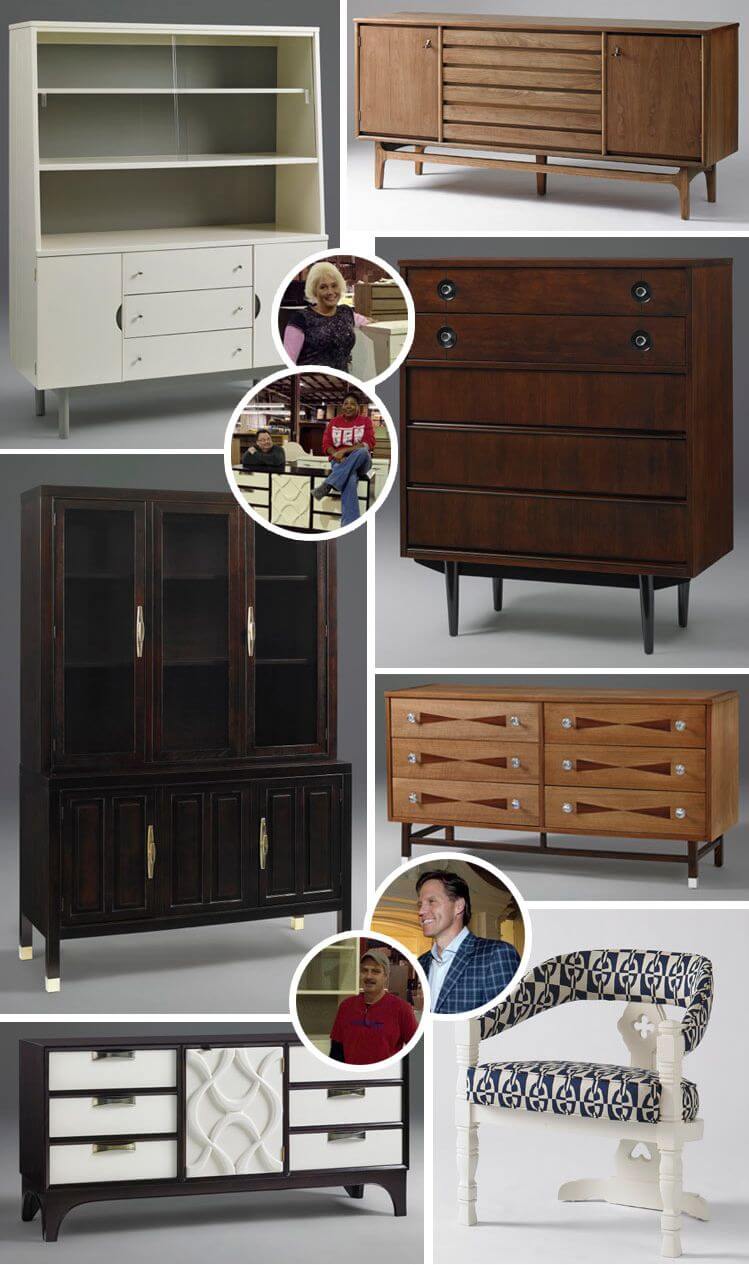


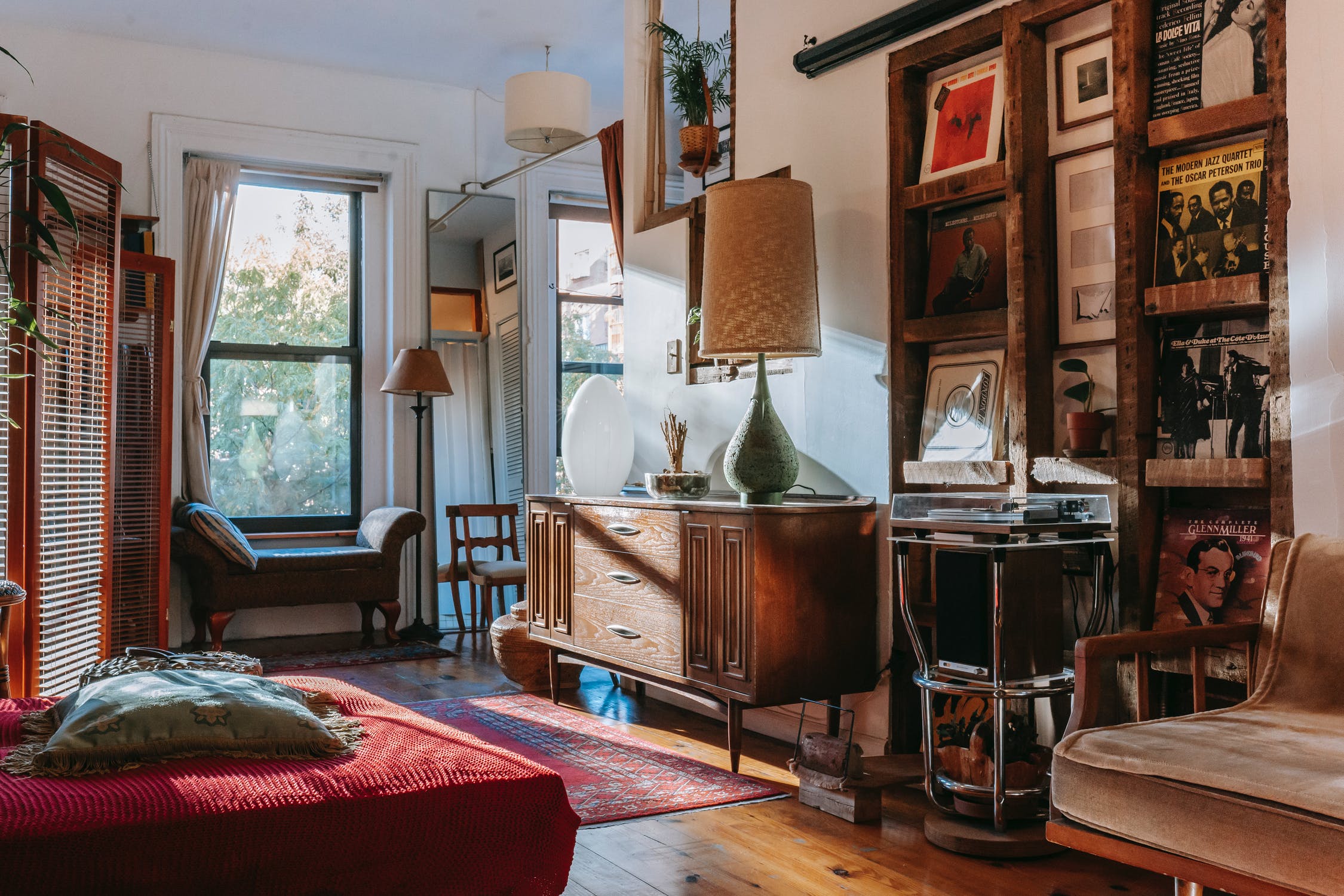

/restoring-antique-resized-589d208b5f9b58819caa520c.jpg)

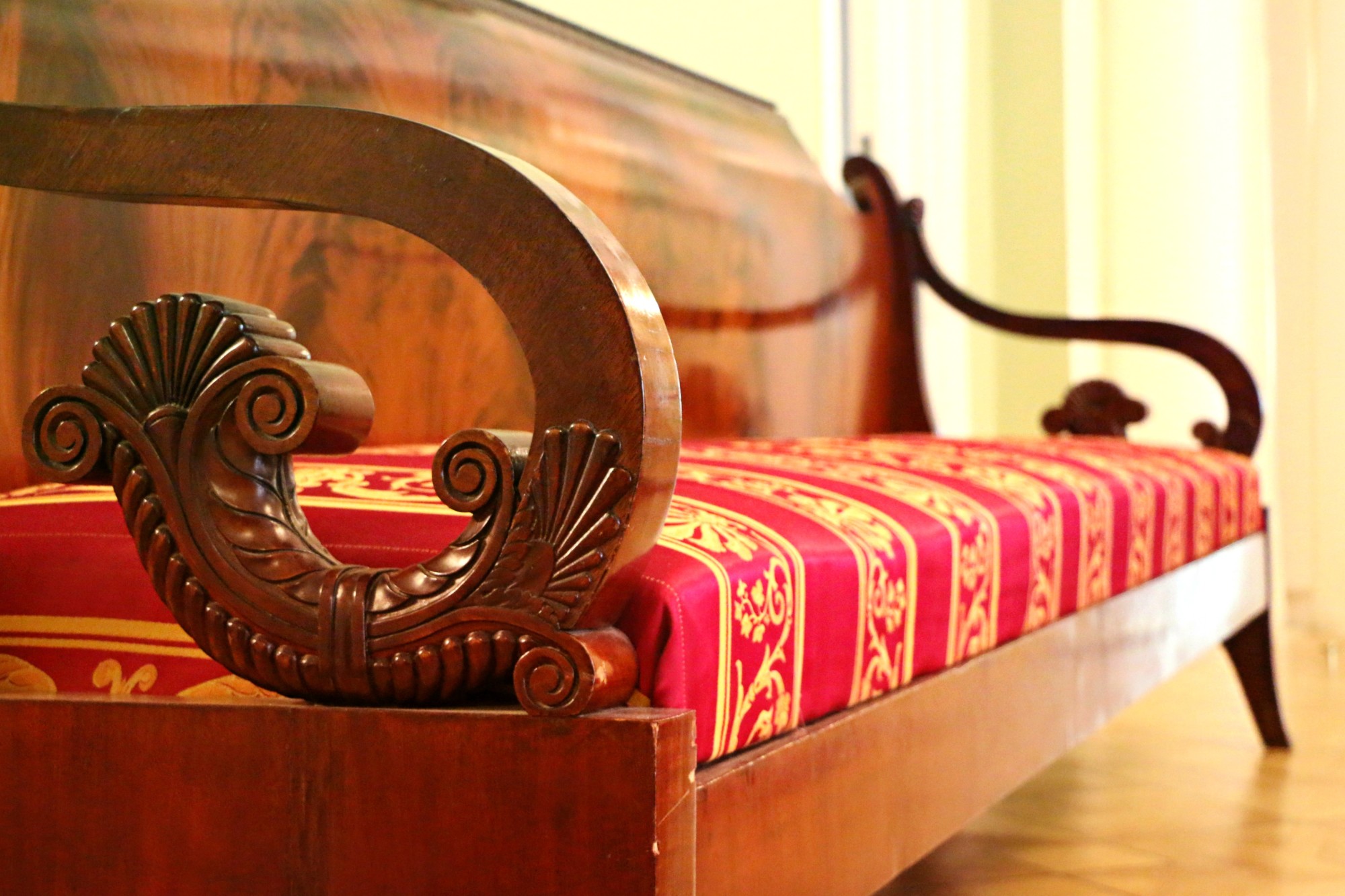







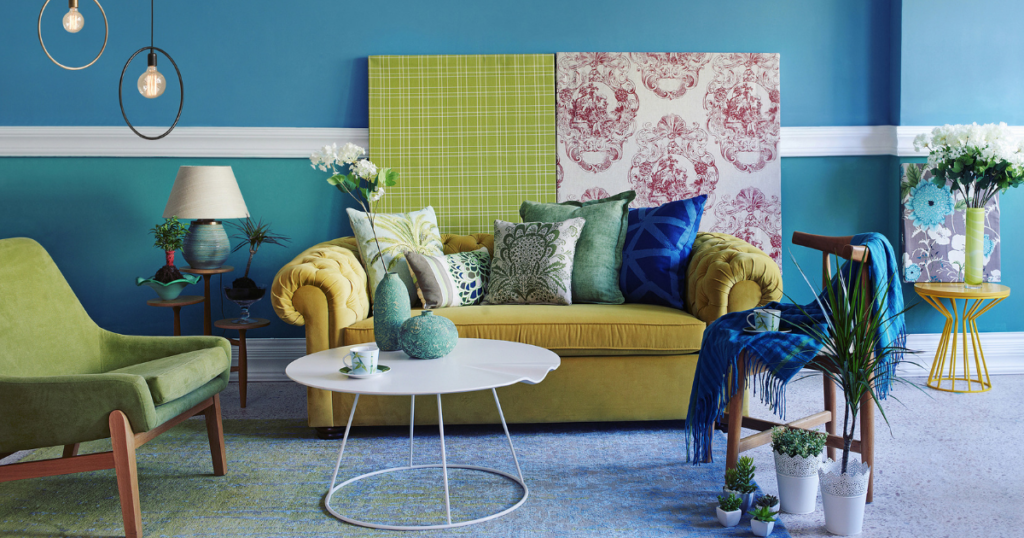
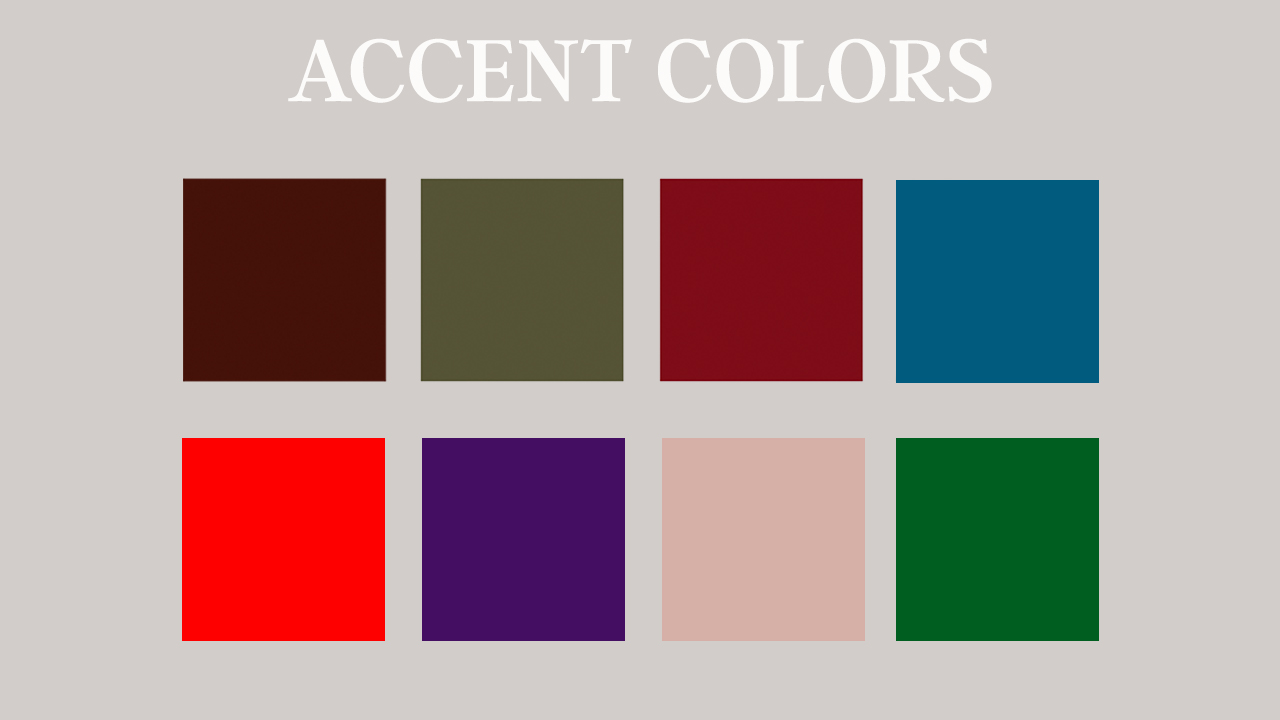

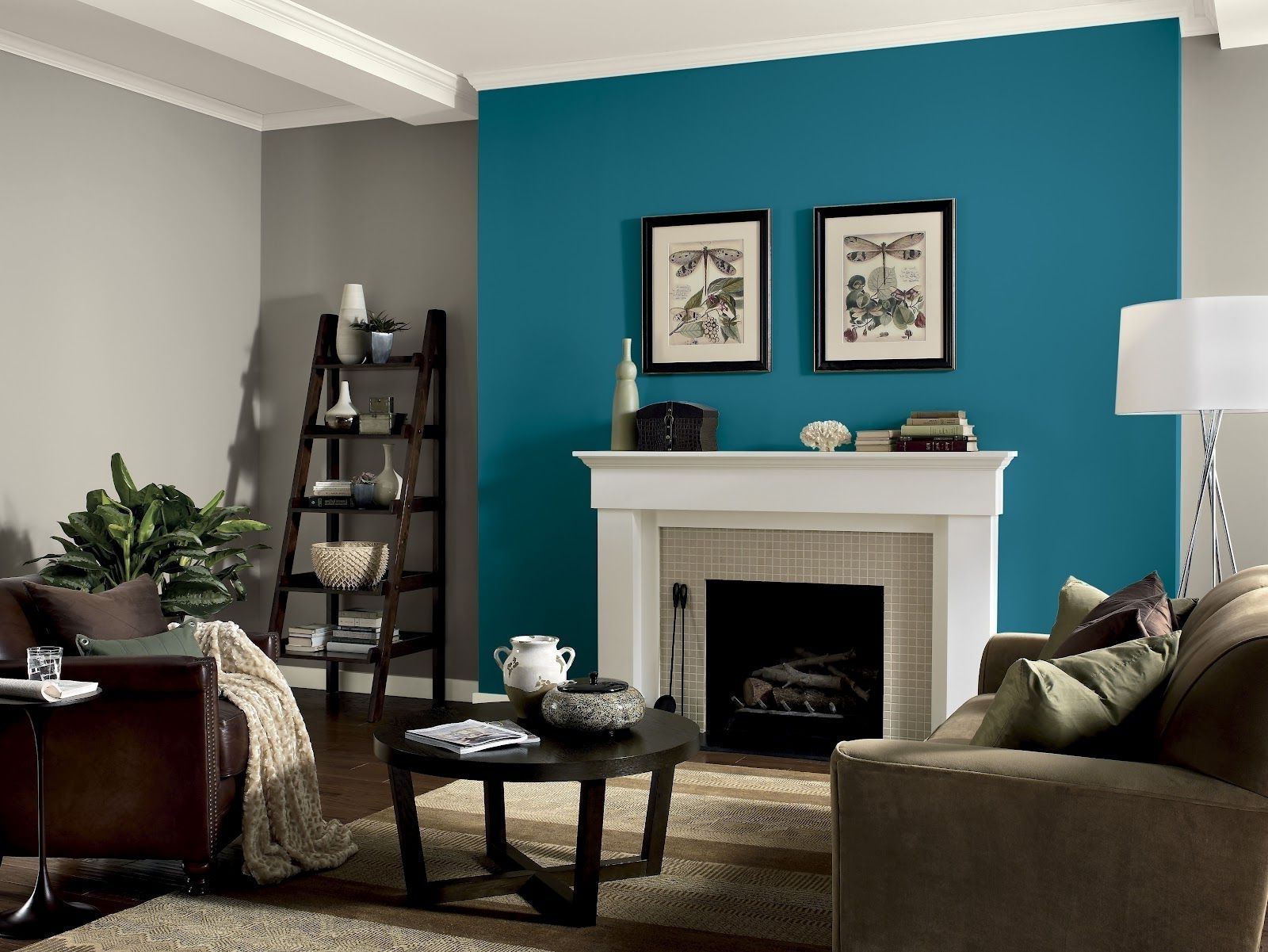
:max_bytes(150000):strip_icc()/dazeydenandwww.dazeyden.com-a766d5000d7b43a089ee6fa2b8a19a6c.jpg)
